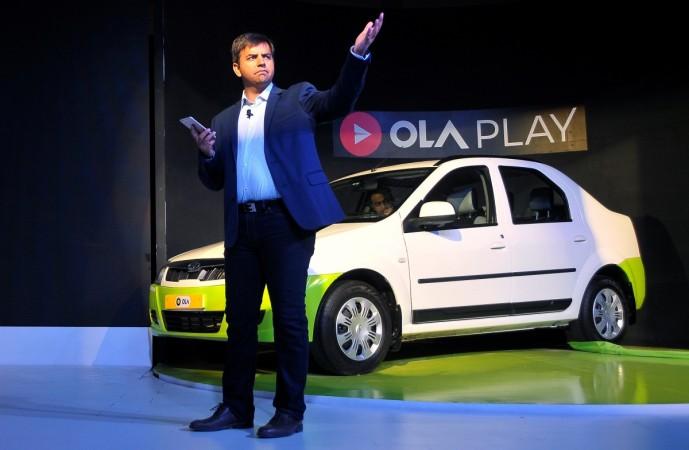
Ola and Uber fares have significantly increased over the last year and across India, prices have increased by 15 per cent on an average, with Bengaluru having the highest spike.
Incentives, on the other hand, one of the biggest draws for drivers to shift to the apps have dropped by over 30 per cent, notes a report by The Times of India. An average ride in Ola and Uber now costs Rs 220, from Rs 190 at the same time last year, according to a study carried out by RedSeer, a research and advisory firm.
All the figures shared by the research group are national averages, notes the report, so the numbers for each city will be slightly different. City-specific figures are yet to be published.
This could be one of the reasons why there is an ongoing strike in Delhi and Mumbai by drivers of Ola and Uber. Drivers now have to work extra hours to make up for the falling incomes, notes the report.
According to the study, the average monthly income of drivers, which includes incentives and excluding EMI payments for cars was over Rs 30,000 in Q2 2016, but now this amount is near Rs 20,000, the study found.
Just two years back, RedSeer found that driver incentive was at about 60 per cent of cab booking value. By last year, it dropped to between 18 per cent to 20 per cent. Right now, drivers get a measly 14 per cent to 15 per cent.
An increase in fuel prices alone should have spiked the maintenance cost laid on drivers by roughly Rs 700 per month starting August, putting a considerable dent on final take-home income.
This increase in price for users and declining income is a direct reflection on the improving margin that both Ola and Uber as companies are earning. So far, both tech companies were reportedly making heavy losses in India.













